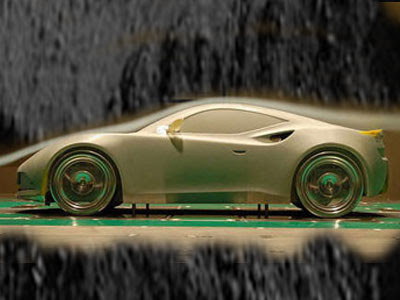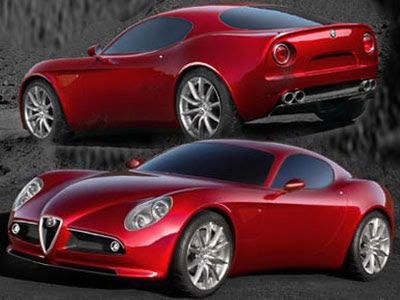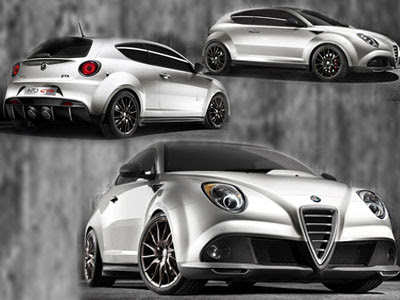
2007 GT Coupe Artega by Henrik Fisker
The Artega GT Coupe which was unveiled at the 2007 Geneva Motor Show is a small sports coupe designed by Henrik Fisker, the same designer responsible for Aston Martin's current lineup and also The Fisker Latigo CS and Fisker Tramonto based on the BMW 645i and Mercedes-Benz AMG SL55 respectivley.It will be produced in a limited series of 500 units per year starting from November 2007 and will be sold worldwide from the middle of 2008 for an approximate price of €75,000.

2007 GT Coupe Artega by Henrik Fisker
Power for the Artega GT Coupe comes from a 300 horsepower, mid-mounted, VW derived 3.6 litre V6 driving power to the rear wheels. This should give the Artega GT a 0-60 mph time of around 5 seconds and a 169 mph top speed.Enables a top speed of 270 km/h.
According to the first information revealed by Motor Authority and Auto, Motor und Sport, the Artega GT was developed by a team lead by former Rolls Royce boss Klaus Dieter Frers.
Artega GT - Design sketchThe vehicle dimensions are 3,950 x 1,880 x 1,180 mm - about the same of a B-segment car like the VW Polo but with an extremely low profile.










